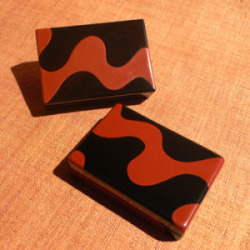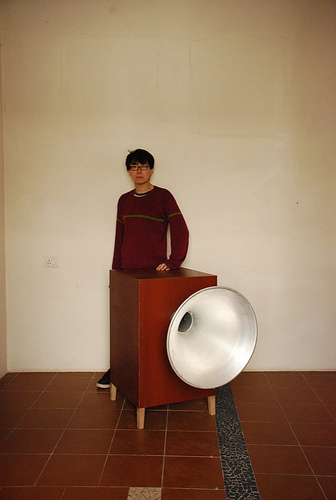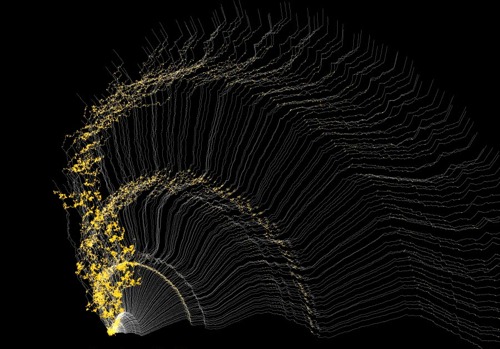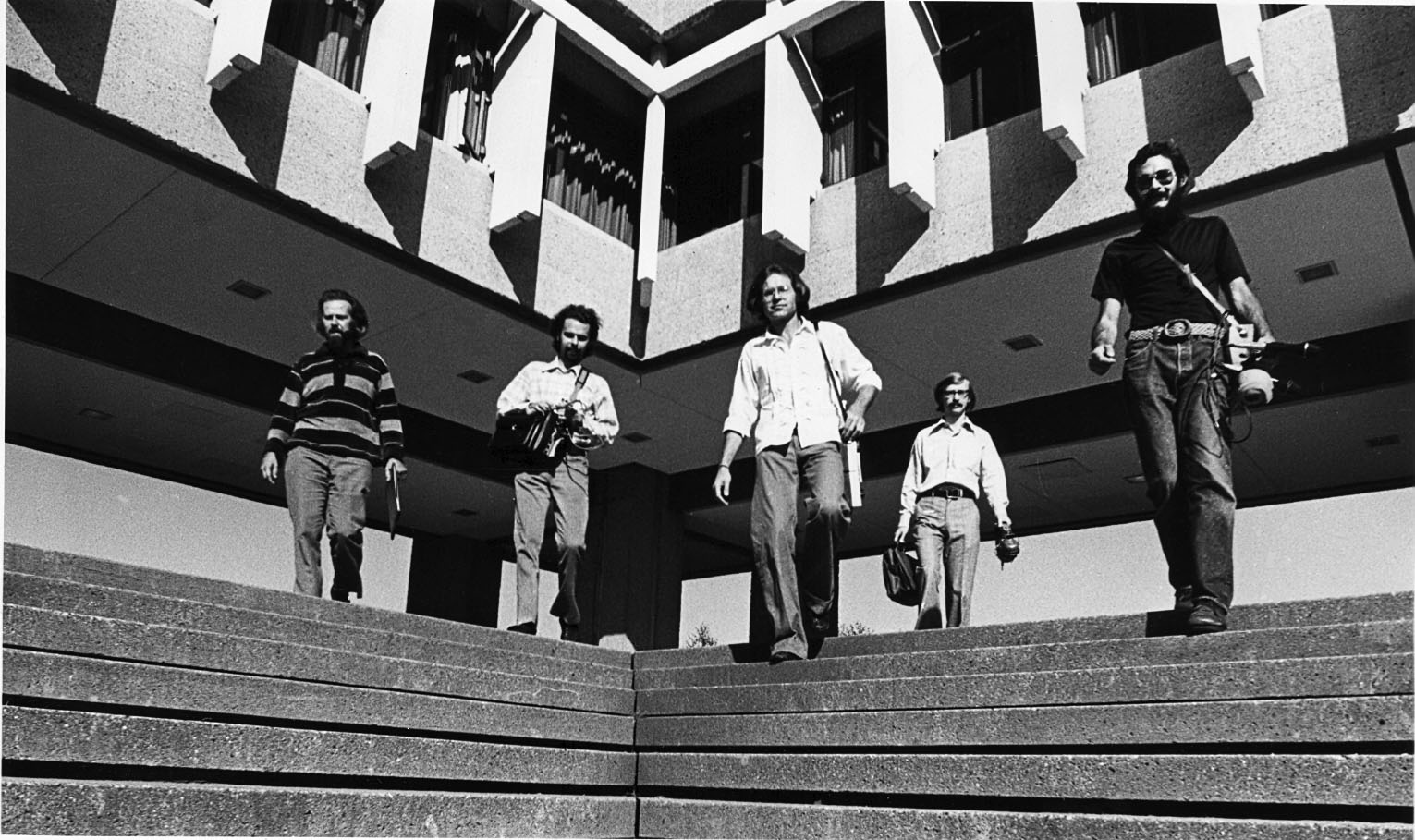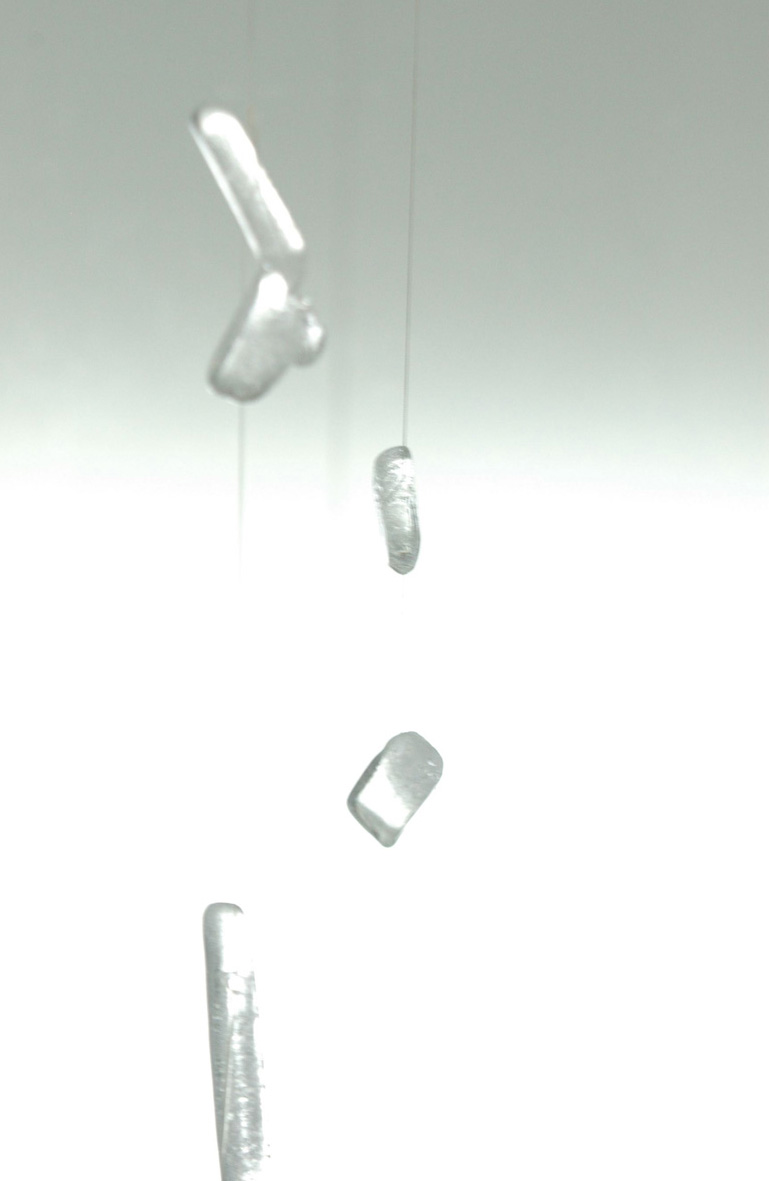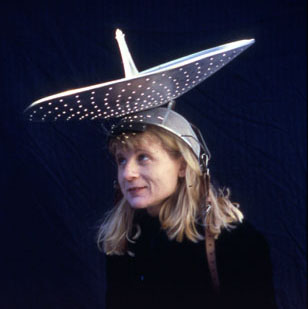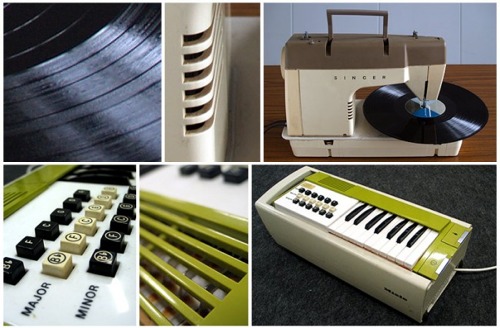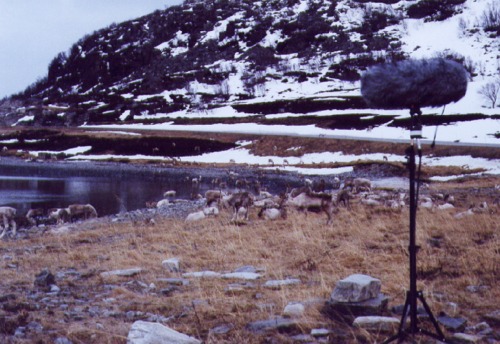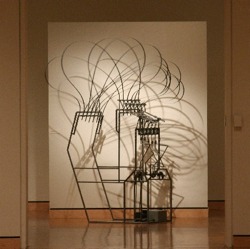 I am thrilled to announce the first artist featured in this new series on Everyday Listening: Jack Pavlik. I wrote about his artwork the Storm in the early days of this website, may 2009. He creates wonderful kinetic sound sculptures.
I am thrilled to announce the first artist featured in this new series on Everyday Listening: Jack Pavlik. I wrote about his artwork the Storm in the early days of this website, may 2009. He creates wonderful kinetic sound sculptures.
In his installations we hear the natural sound of the material, mostly bands of metal, mechanically played. It is like these things come to live, to sing their songs to us. Visit Jack’s Vimeo page for some great examples.
1. What sound from your childhood made the most impression on you?
I grew up in the northern United States, I remember during the winter when it was bitterly cold, sounds had a more harder than normal piercing feel, as if the sound was frozen and hitting you like a piece of ice.
2. How do you listen to the world around you?
I am actually very sensitive to sound, I am often tuning things down and blocking sounds out. When a sound interests me I close my eyes and try to focus on different parts of the sound. If it is an oscillating sound I will try and count beats or cycles and look for repetition.
3. Which place in the world do you favor for its sound?
Sarajevo. It is a place that has the mix of church bells and the ezan, or call to prayer. During different times of the year there are different intersections between these two distinct sounds as the church bells are fixed to time and the time of the ezan is set by positions of the sun. Also in the city you are never far away from the sound of running water from the natural springs in the city.
4. How could we make sound improve our lives?
This might sound strange coming from a sound artist, but I would like a quieter world. I think often less is more in sound art; the most important part of sound compositions is the space or silence in between the component sounds.
5. What sound would you like to wake up to?
Waking up is always best with the sound of coffee being made, maybe also with the sound of bacon and eggs and someone telling me it is ready?
Also read the answers of other artists in the Five Sound Questions section.
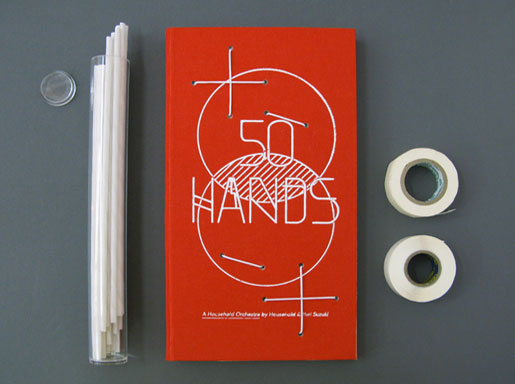




 Monday, March 8, 2010 at 21:13
Monday, March 8, 2010 at 21:13